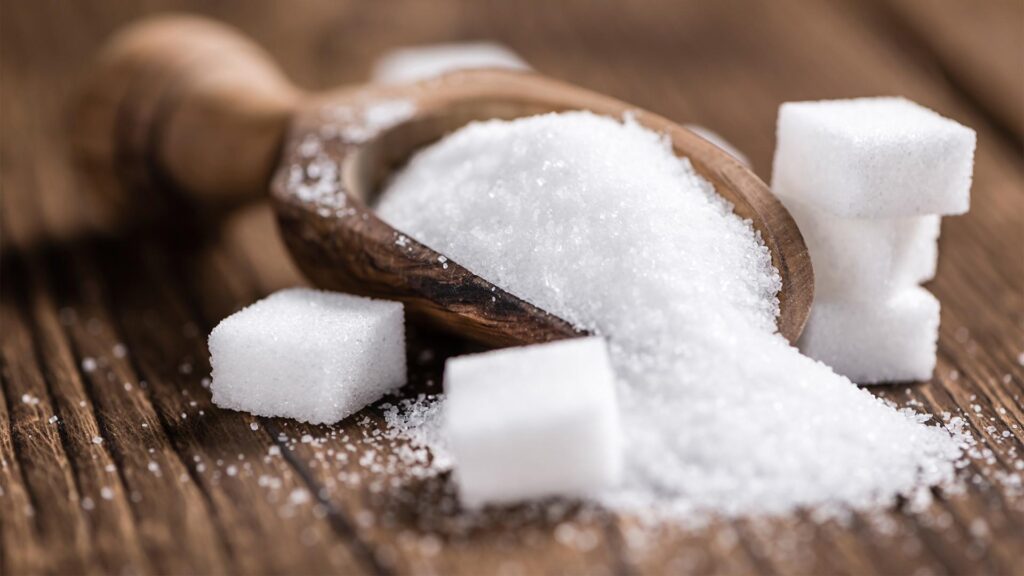Exploring Sugar: A Comprehensive Guide from Zero to Fifty
In an era where health and wellness are at the forefront of public consciousness, the discussion about sugar intake remains crucial. The article “On Nutrition: Sugar from Zero to 50,” featured in The Union Democrat, examines the complex dynamics between sugar consumption and overall health. It highlights how our dietary practices have transformed over time—from periods of strict no-sugar diets to grappling with moderation in a world saturated with sugary options. This analysis aims to empower readers with essential insights for making healthier dietary choices, which is increasingly vital in a society where sugar is omnipresent.
The Health Implications of Sugar Consumption
The scrutiny surrounding sugar’s role in our diets has intensified, especially due to its widespread presence in processed foods. Excessive sugar intake can lead to various health complications such as obesity, type 2 diabetes, and cardiovascular diseases. Recent research underscores that added sugars—particularly those found in sweetened beverages—are major contributors to these health issues. It’s important to recognize that not all sugars are equal; naturally occurring sugars found in fruits and vegetables come packed with beneficial nutrients and fiber that aid digestion.
Reducing added sugars can significantly enhance overall well-being. Experts recommend limiting added sugars to less than 10% of total daily caloric intake. Practical strategies include scrutinizing nutrition labels, choosing whole foods over processed ones, and gradually cutting back on sweeteners used in cooking or baking. To illustrate the adverse effects associated with high sugar consumption, consider the following table summarizing key health concerns:
| Health Concern | Description | Potential Outcomes | ||||
|---|---|---|---|---|---|---|
| Obesity | A surplus of calories primarily from sugary sources. | An increased likelihood of chronic illnesses. | ||||
| Type 2 Diabetes | A condition marked by insulin resistance linked to high levels of sugar. | The risk for metabolic syndrome and heart-related issues. | ||||
| Heart Disease td > | Elevated cholesterol levels and hypertension associated with high-sugar diets . td > | Greater chances of heart attacks or strokes . td > < / tr > < / tbody > < / table > Examining Modern Sugar Consumption TrendsThe last few years have seen heightened awareness regarding sugar consumption as experts emphasize its potential effects on physical health. Contemporary diets often reveal alarming increases in sugar intake largely due to the rise of processed food products. Many individuals may be unaware that numerous seemingly healthy items—including sauces, breads, and breakfast cereals—contain significant amounts of hidden sugars leading them unknowingly beyond recommended daily limits. Main factors contributing**to this trend include:
The consequences stemming from excessive sugar consumption are severe; links between it and obesity, diabetes ,and cardiovascular diseases become more apparent every day . Data indicates that nearly half of all added sugars consumed by adults come solely from sugary drinks . A closer look at consumer behavior reveals notable differences across demographics regarding average daily intakes based on age groupings:
This data underscores an urgent need for targeted educational initiatives addressing both understanding about proper nutrition alongwith implications related specifically towards excesses concerning refined carbohydrates like sucrose or fructose present within many common snacks today! As public awareness continues growing around these topics , discussions surrounding effective strategies aimed at reducing overall intakes will also gain momentum — including calls advocating clearer labeling practices alongside reformulating existing recipes so they contain lower amounts altogether moving forward! Effective Methods for Lowering Daily Sugar IntakeCurbing your daily intake doesn’t have be complicated! Start by making informed decisions while shopping — prioritize whole foods instead highly processed alternatives since they often hide unnecessary additives including extra grams worth empty calories ! When checking labels focus closely upon ingredient lists ensuring minimal quantities exist before purchasing anything new. Here are some actionable steps you can take:
|
